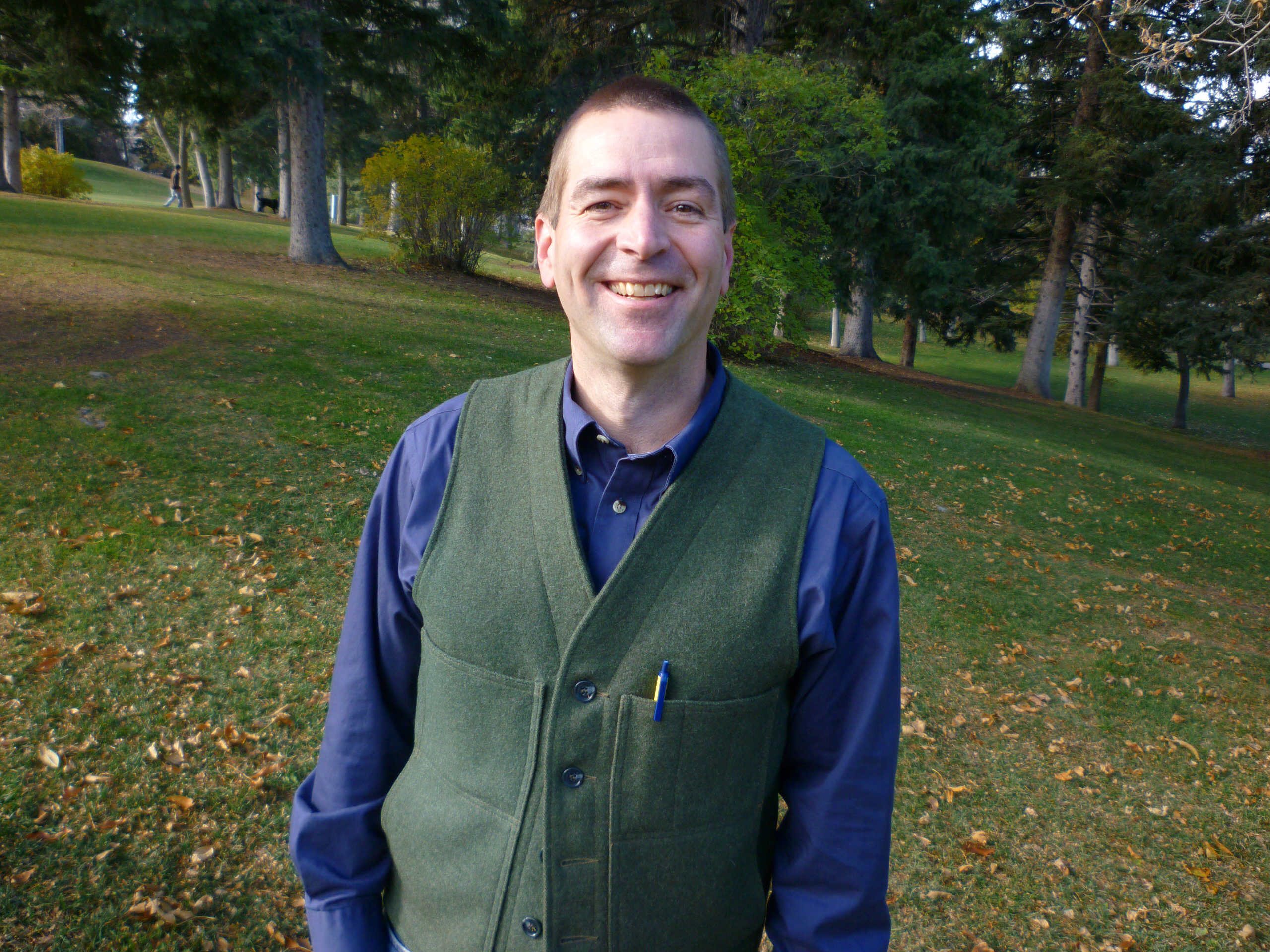Some information may be outdated.
Recent studies show what Grand County residents already instinctively know: Travel and tourism in the region has increased significantly in recent years, creating more jobs and income for local residents.
Public lands have played a key role in this economic uptick and are a golden goose for the region as benefits have extended beyond travel and tourism into other important sectors such as health care, finance and engineering.
To capture this economic edge for the long-term, Grand County and the state should work to ensure both protection and access to the region’s natural amenities which give it a competitive advantage.
Headwaters Economics recently updated its 2011 study of the economy in Grand County, Utah. Not surprisingly, the county’s picturesque and high-profile public lands — and the environmental and recreational amenities they provide — are closely linked to employment growth and other economic benefits.
Our study found that travel, tourism and recreation have increased in importance to the county. Today, this sector is the largest employer and main driver of the local economy — accounting for nearly half of private employment in Grand County (47 percent, or roughly 1,700 jobs). It also produced roughly 18 percent of local government taxes in 2013 (or nearly $10 million).
The National Park Service’s economic modeling shows that the area’s two national parks — Arches and Canyonlands — supported 2,103 jobs in 2013. In addition, analysis by the Moab field office of the Bureau of Land Management showed that its lands each year receive as many or more visitors than the two national parks combined (1.8 million), and also exert a significant economic impact on the area.
At the same time, mining employment — including oil and natural gas — is modest but steady, averaging between two and three percent of regional jobs consistently for the last 15 years. Energy will play a role in the county’s future, but likely not as an employment driver.
Other sectors, however, are growing along with tourism and recreation; often attracted by the county’s high quality of life. From 2001 to 2013, Grand County employment grew significantly in several areas that include high paying jobs: finance and insurance (+61 percent), health care (+56 percent), and professional and technical services (+32 percent), all grew faster than the overall increase in employment (+25 percent).
And people are better off. In Grand County, per capita income rose, in real terms, from $28,514 in 2000 to $40,545 in 2013; while average earnings per job, also in real terms, increased from to $29,332 in 2000 to $34,429 in 2013.
Non-labor income, much of it retirement related, also grew by more than 77 percent, or nearly $77 million new dollars, in real terms, from 2000 to 2013 — which helped provide stability to the local economy while stimulating health care, construction and other sectors.
Despite this success, future growth in Grand County cannot be taken for granted. The boom years of the 1990s when the county’s economy grew by seven percent annually have yielded, in the 2000s, to an economic growth rate of 2 percent annually.
For Grand County to prosper in the long run, and to provide for more good paying jobs, it should take advantage of its natural edge. Nearby public lands — because of their extensiveness and beauty — help provide a high quality of life as well as an economic advantage, and are attracting a variety of businesses beyond the traditional recreation economy.
For Grand County, state and federal leaders, this leads to three key questions. First, how can the region build on its strong recreation reputation while accommodating different users so they do not crowd each other out and diminish one another’s experience? The wide diversity of local recreational opportunities attracts both visitors and new residents, and the region should find ways to sustain and develop tourism and recreation that maintains this mixture of opportunities.
Second, how does the county work with local businesses and others to make sure that other non-recreation uses on public lands do not harm existing economic benefits? The landscape planning now taking place — whether a mineral leasing plan or congressional bill — provide opportunities to lock in best practices along with long-term access and protection of this economic strength.
And finally, how does the area build on its existing advantages? Providing other assets — such as an expanded Utah State University campus, affordable housing and increased airport service — will help retain and grow local businesses, while increasing the county’s attractiveness to new companies and investments.
Chris Mehl is the Policy Director at Headwaters Economics, an independent research firm based in Montana that works to improve economic development and land management decisions in the West.
Appreciate the coverage? Help keep local news alive.
Chip in to support the Moab Sun News.



